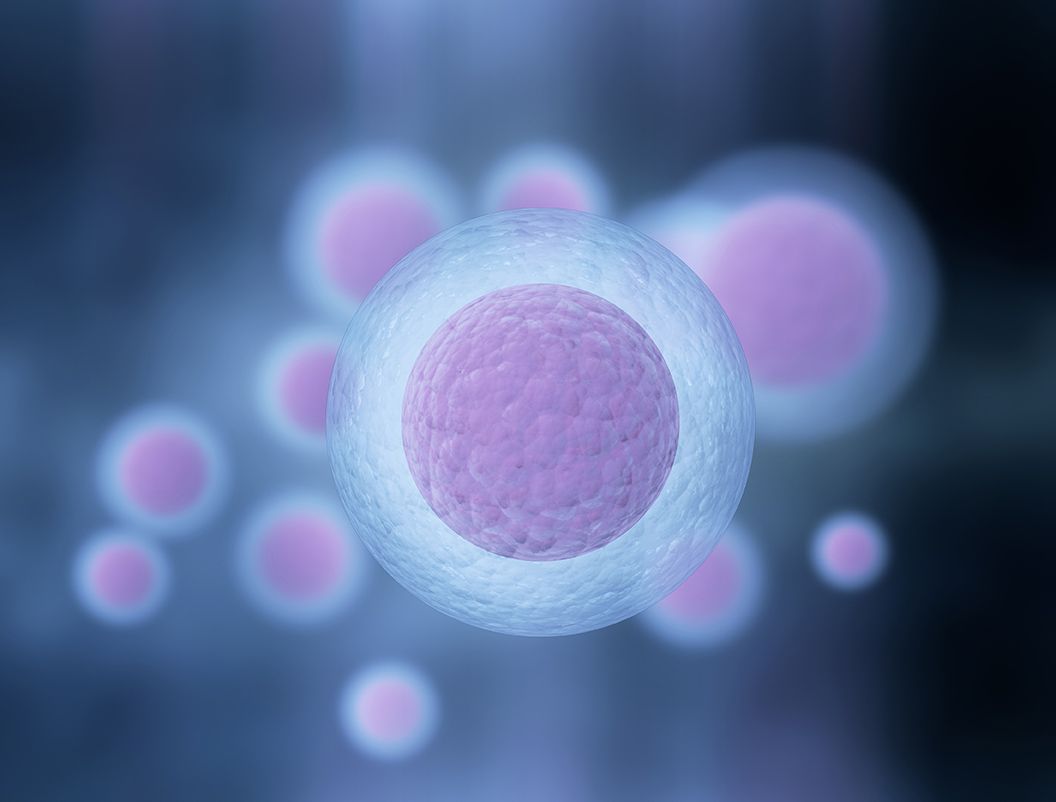Day 3 or Day 5 Embryo Transfer
 If you are having trouble becoming pregnant, Los Angeles Reproductive Center can help. Our doctors offer in vitro fertilization (IVF), a popular and effective treatment for male and female infertility, as well as many other treatment options. We will tailor treatment to your needs and help you overcome your fertility struggles.
If you are having trouble becoming pregnant, Los Angeles Reproductive Center can help. Our doctors offer in vitro fertilization (IVF), a popular and effective treatment for male and female infertility, as well as many other treatment options. We will tailor treatment to your needs and help you overcome your fertility struggles.
During IVF, the timing of the embryo transfer can make a big difference. The infertility specialists at our Los Angeles, CA fertility center would like to go over the basics of IVF and embryo transfer, and why transferring on day 3 or on day 5 can make a difference for patients.
What Happens After an Egg Is Fertilized
When an egg is fertilized normally or in a lab, it will begin a process of cellular division. From a single cell, the egg will divide into two cells, and then four, and so on every 12 to 24 hours.
- By day 3, the egg will have become an embryo, consisting of about four to eight cells.
- By day 5, the egg will have become a blastocyst, consisting of about 70 to 100 cells.
During an IVF procedure, a fertility doctor can transfer the embryo or blastocyst to the womb, where it will implant and hopefully result in a successful pregnancy.
Success Rates for Each Embryo Transfer Option
The success rate of embryo vs. blastocyst transfer can vary depending on the sample size. One fertility clinic based in Chicago recorded its own data on day 3 and day 5 transfers and found that day 3 transfer had a pregnancy rate of 46.6 percent while day 5 transfer had a pregnancy rate of 68.5 percent. While those findings are important, a study at a Turkish fertility clinic found that success rates for day 3 and day 5 transfers were statistically similar.
Additional Factors to Consider
In addition to the day of the embryo transfer, a number of other factors can impact the success of an IVF procedure. These factors include the age of the mother, the cause of infertility, the condition of the uterus at the time of the transfer, and the general health of both partners involved.
The Quality of the Embryo Matters Most
Ultimately, the biggest factor to consider in day 3 and day 5 transfers involve the quality of the embryo. Not all embryos will proceed to the blastocyst stage. If an embryo ceases development before that stage, it is not viable and will not result in pregnancy or live birth.
Sometimes a fertility doctor may allow an embryo to continue developing to determine if it is a good, healthy embryo that will result in successful pregnancy and live birth. That’s why waiting until day 5 to transfer and embryo may be considered.
Tailoring Treatment to Meet Your Needs
In the end, our fertility doctors will take great care in tailoring each treatment to meet the needs of the patient. We can monitor embryos as they develop to ensure that only the best embryos or blastocysts are used during IVF. By treating each patient as a unique individual, we can increase our chances of success.
Learn More About Your Fertility Treatment Options
To learn more about IVF and how we can help you start a healthy family, be sure to contact an experienced fertility doctor. The team at Los Angeles Reproductive Center is here to answers your questions and address your concerns. You can schedule a personal consultation with one of our fertility specialists by calling (818) 208-5481.




